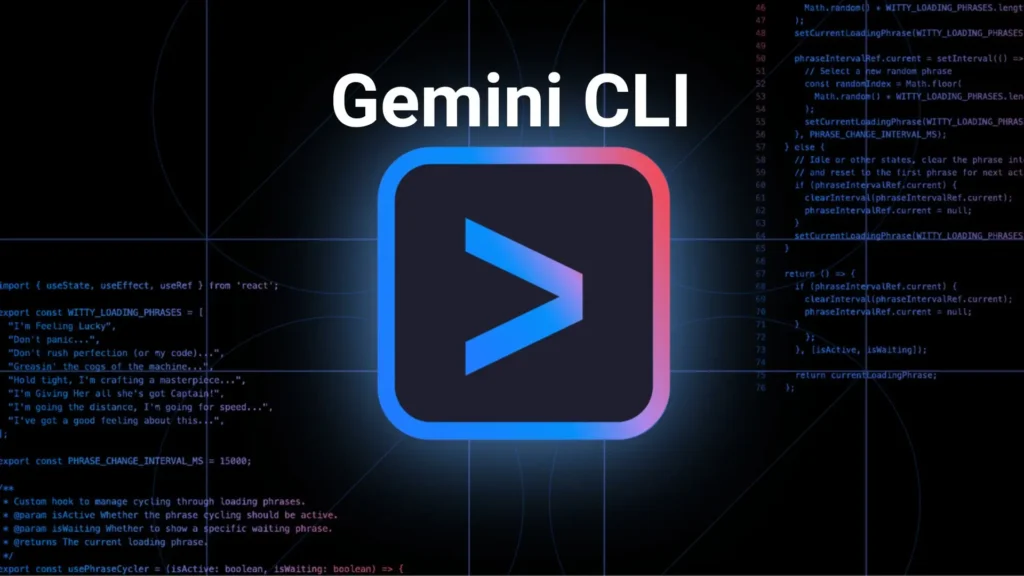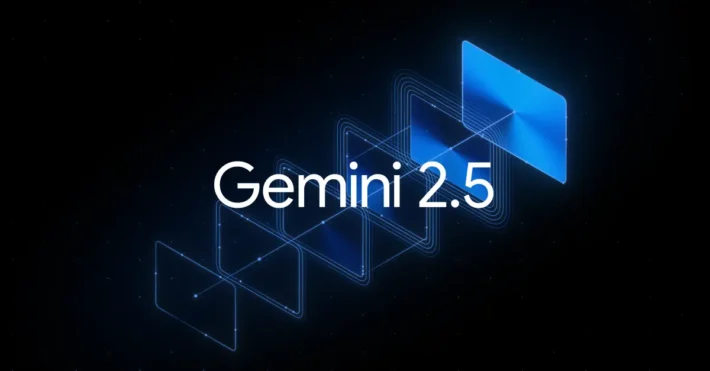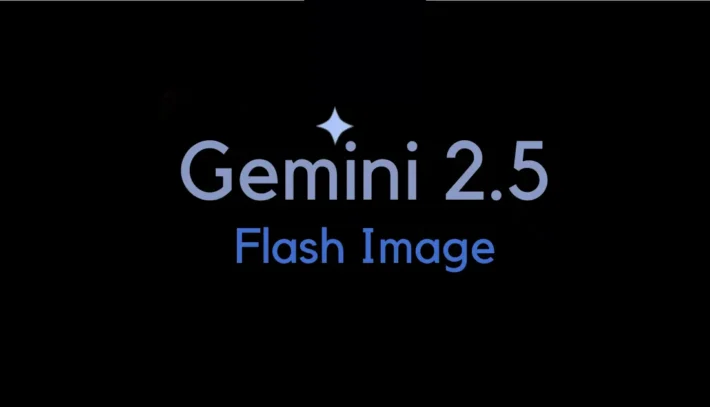Gemini CLI: Harnessing Google’s AI from Your Terminal – What It Is and How to Use It

Google has officially launched Gemini CLI, an open-source command-line interface that brings the power of its Gemini 2.5 Pro reasoning model directly into developers’ terminals. Available in preview since June 25, 2025, the tool allows users to perform a wide range of AI-driven tasks—from code generation and debugging to content creation, deep research, and even multimedia generation—without ever leaving the command line .
What Is Gemini CLI?
Core Functionality
Gemini CLI acts as an AI “agent” you invoke via simple natural-language prompts in your shell. It taps into Gemini 2.5 Pro’s 1 million-token context window, enabling it to understand and manipulate large codebases, draft documentation, answer research questions, and more.
Multimodal Capabilities
Beyond text and code, Gemini CLI integrates Google’s Veo and Imagen models, so you can request image or video generation inline. It also features built-in support for Google Search and the Model Context Protocol (MCP), ensuring your AI assistant can fetch up-to-date information as needed .
Licensing and Quotas
During the preview phase, Gemini CLI is free under a personal Gemini Code Assist license. Users receive up to 60 requests per minute and 1,000 requests per day—the most generous free tier among leading AI coding tools. Future pricing for higher usage tiers has not yet been disclosed.
How to Install Gemini CLI
Obtain a License
Sign in with a personal Google account at the Gemini Code Assist portal to activate your free license.
Download the Binary
Visit the Gemini CLI GitHub releases page and download the appropriate binary for your OS (macOS, Linux, or Windows).
Install
# On macOS/Linux
chmod +x gemini-cli-linux
mv gemini-cli-linux /usr/local/bin/gemini
# On Windows (PowerShell)
Move-Item .\gemini-cli-win.exe C:\Program Files\Gemini\gemini.exeAuthenticate
gemini auth login
# Follow the browser prompt to link your Google accountBasic Usage Examples
Generate Code Snippet
gemini run "Generate a Python function to parse JSON into a pandas DataFrame."Debug Existing Code
gemini run --file script.py --ask "Why is this function throwing a KeyError?"Multimodal Request
gemini run "Create a 800×600 banner image illustrating microservices architecture."Research and Summarization
gemini run "Summarize the latest best practices for securing Kubernetes clusters."Why It Matters
Gemini CLI represents a strategic push by Google to meet developers where they work—inside the terminal—offering tight integration with its flagship AI models. By combining code assistance, content generation, and research capabilities in one tool, Google aims to streamline workflows, reduce context switching, and set a new standard for AI-powered development environments .
As AI assistants become ubiquitous in IDEs and chat interfaces, the arrival of Gemini CLI underscores a shift toward terminal-centric AI, giving developers on-premises-like control over powerful cloud models. With its current free tier and open-source codebase, Gemini CLI is poised to become a strong alternative to offerings such as Anthropic’s Claude, GitHub Copilot, and Microsoft’s Windows Terminal AI integrations .
Getting Started
CometAPI is a unified API platform that aggregates over 500 AI models from leading providers—such as OpenAI’s GPT series, Google’s Gemini, Anthropic’s Claude, Midjourney, Suno, and more—into a single, developer-friendly interface. By offering consistent authentication, request formatting, and response handling, CometAPI dramatically simplifies the integration of AI capabilities into your applications. Whether you’re building chatbots, image generators, music composers, or data‐driven analytics pipelines, CometAPI lets you iterate faster, control costs, and remain vendor-agnostic—all while tapping into the latest breakthroughs across the AI ecosystem.
CometAPI has supported gemini cli,details refer to doc.Supercharge your terminal with Google’s Gemini CLI on CometAPI!You can analyze massive codebases with a 1M+ token context and Turn ideas, diagrams, and even PDFs into code.Integrate in minutes and start building smarter.
Developers can access Gemini-2.5 Pro Preview API and Gemini-2.5 Flash Pre API through CometAPI, the latest models listed are as of the article’s publication date. To begin, explore the model’s capabilities in the Playground and consult the API guide for detailed instructions. Before accessing, please make sure you have logged in to CometAPI and obtained the API key. CometAPI offer a price far lower than the official price to help you integrate.



